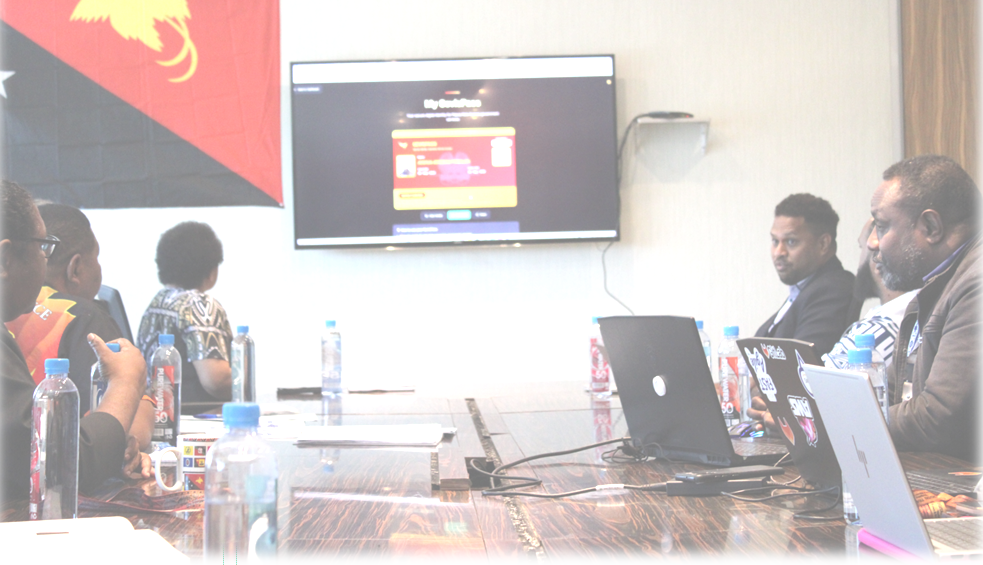The Department of Personnel Management (DPM) recently played host to the Department of Information and Communications Technology (DICT), which conducted a demonstration on the importance of introducing a Digital ID system in Papua New Guinea.
During the session, DICT outlined how the Digital ID — an electronic representation of an individual’s identity — will transform the way citizens access both public and private sector services. By enabling secure verification through mobile devices or cloud platforms, the system aims to streamline access to banking, SIM registration, government services, and even support biometric identity verification for the 2027 National General Elections.
DPM welcomed the initiative, recognizing its role in modernizing service delivery and enhancing security. The integration will involve partnerships with key agencies including the Civil Registry Office, banks, telecommunications, and superannuation funds.
Guided by the Digital Transformation Policy 2020, Data Governance and Protection Policy 2024, and the upcoming Digital ID Policy 2025, the SevisPass Digital ID promises to make government services safe, simple, and efficient.
But you may be asking what is the difference between the National Identification (NID) and the new Digital ID called SevisPass? or Is it a duplication of Government Services?
Even though they are closely related, they are not the same thing—and understanding how they work together is important, and can ensure our government significantly improve service delivery through SevisPass, by making it faster, more secure, and more convenient for citizens to access government and private sector services online.
Mr. Josuah Pomaloh, Executive Manager for DevOps, Department of ICT, explains in a LinkedIn publication that the National ID is a government-issued physical identification card that serves as proof of a person’s identity within a specific country. It proves who a person is and is used mostly in face-to-face situations—like when you vote, open a bank account, or apply for government services.
“It is your official, legal identity in the country.”
SevisPass, on the other hand, is a Digital ID. This means it’s not a physical card but a digital version of your identity. You can use it on your phone, computer, or other digital devices. It helps you access services online—like banking, mobile SIM registration, or applying for government help through apps or websites. It also includes strong security features like facial recognition or QR codes to protect your identity.
So, while the NID currently is used in-person and exists as a card, the Digital ID is used online and exists digitally. But the two are closely connected.
